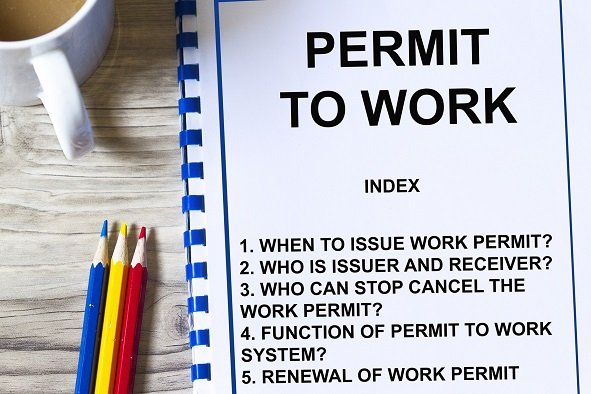Housekeeping and Workplace Organization – 12 Modules | One Day USD: 150/- and Two Day USD: 250/- Per Pax.

Course level:All Levels
Course Duration:
0
Description
Module 1: Introduction to Workplace Housekeeping
- Definition and importance of good housekeeping
- Relationship between housekeeping and safety performance
- Regulatory requirements (OSHA, ISO 45001, 5S principles)
Module 2: Benefits of Effective Housekeeping
- Reduction in accidents and injuries
- Improved productivity and morale
- Enhanced equipment life and workplace image
Module 3: Common Housekeeping Hazards
- Slips, trips, and falls from poor housekeeping
- Fire risks from clutter and waste
- Obstructed pathways and emergency exits
Module 4: The 5S Workplace Organization System
- Sort (Seiri) – Remove unnecessary items
- Set in Order (Seiton) – Organize tools and materials
- Shine (Seiso) – Clean regularly
- Standardize (Seiketsu) – Develop consistent methods
- Sustain (Shitsuke) – Maintain discipline
Module 5: Waste Management and Disposal
- Segregation of waste materials
- Safe disposal of hazardous and non-hazardous waste
- Recycling and environmental considerations
Module 6: Cleaning Procedures and Schedules
- Establishing daily, weekly, and monthly cleaning routines
- Cleaning tools and PPE requirements
- Recordkeeping and accountability
Module 7: Storage and Material Handling Safety
- Safe stacking and storage practices
- Labeling and access control for storage areas
- Preventing collapse and obstruction hazards
Module 8: Tools, Equipment, and Workstation Organization
- Proper placement and labeling of tools
- Shadow boards and tool control systems
- Avoiding tangled cords and misplaced equipment
Module 9: Fire Prevention and Emergency Readiness
- Maintaining clear fire exits and access routes
- Proper storage of flammable materials
- Housekeeping’s role in emergency preparedness
Module 10: Roles and Responsibilities
- Workers’ responsibilities for their work areas
- Supervisors’ role in monitoring and enforcement
- Management’s duty to provide resources and support
Module 11: Inspections and Continuous Monitoring
- Conducting housekeeping inspections
- Using checklists and scorecards
- Corrective actions and follow-up
Module 12: Building a Culture of Cleanliness and Organization
- Encouraging ownership and teamwork
- Recognition programs for good housekeeping
- Continuous improvement through feedback and training
View more Courses
Hi, Welcome back!



